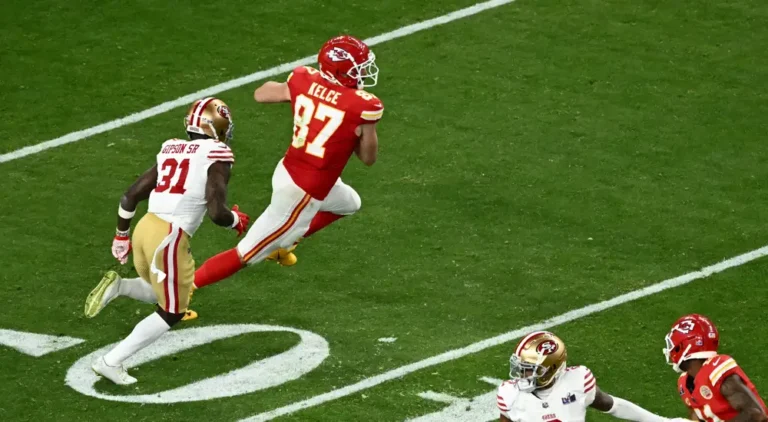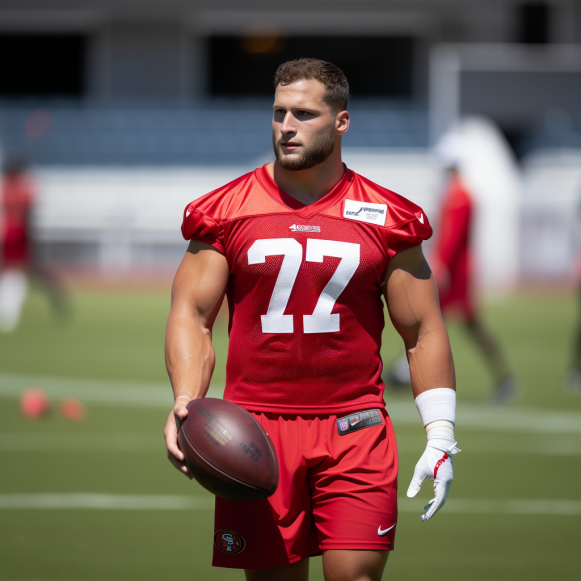Pac-12 legal FAQs: Updates on the lawsuit filed by Washington State and Oregon State
The presiding judge has set a hearing date for the preliminary injunction
It has been 25 days since Oregon State and Washington State initiated legal action against the Pac-12, and the process could last another 25, if not many more.
What is the current state of affairs?
Here’s a Hotline guide to the lawsuit filed in Whitman County (Wash.) Superior Court by the two remaining schools.
Why did WSU and OSU challenge the Pac-12 in the first place?
The only Pac-12 schools that aren’t leaving the conference next summer are the Cougars and Beavers. As a result, they believe that Pac-12 presidents Kirk Schulz (WSU) and Jayathi Murthy (OSU) constitute the entire Pac-12 board of directors, which has voting authority over issues ranging from financial asset distribution to membership composition (i.e., expansion).
When commissioner George Kliavkoff attempted to convene all 12 presidents and chancellors in early September, the Cougars and Beavers sought and were granted a temporary restraining order to prevent the full board from meeting.
What is the purpose of the preliminary injunction?
WSU and OSU’s legal strategy was not limited to preventing the 12 presidents from convening as the board in early September. They also want the court to clarify the composition of the governing body: Are the ten outgoing presidents eligible for board seats, or only the leaders of the two remaining schools?
The main question is whether the departing schools have given “notice of withdrawal,” which, according to the bylaws, would result in their removal from the board. If all ten are found to have given notice, WSU and OSU will have sole control of the conference.
The ten outbound schools believe they have failed to provide legal notice. WSU and OSU disagree, arguing that the schools’ moves have been publicized on their websites and social media, and their presidents have spoken publicly about the decisions.
Washington and Oregon even admitted that they would not participate in key decisions.
The bylaws do not specify how a withdrawal notice must be delivered.
What is the schedule?
The temporary restraining order issued on September 11 has been extended, making it impossible for the Pac-12 board to meet. Last week, Judge Gary Libey set Nov. 14 as the date for the preliminary injunction hearing.
However, a series of events will occur prior to that point, and the parties may reach an agreement before the hearing if the ten outgoing schools believe the process will result in embarrassing documents.
A trial would most likely take months.
Is there any precedent?
We are not aware of a comparable case in which the failure of a college conference prompted the remaining schools to sue the departing schools for control of the board.
However, OSU and WSU believe the Pac-12 set the relevant precedent when it removed USC, UCLA, and Colorado from the board after those schools announced their departures (prior to the conference’s collapse on Aug. 4).
After a few weeks, Kliavkoff attempted to convene all 12 Pac-12 presidents, a deeply concerning move for WSU and OSU that appeared to contradict the Pac-12’s previous stance on outbound schools.
“The meaning of the bylaws hasn’t changed just because more members have decided to leave,” WSU and OSU’s attorney, Eric MacMichael, told the court.
What is at stake?
Washington State and Oregon State are debating whether to rebuild the Pac-12, a process that is heavily reliant on financial resources.
If the ten departing schools are granted board seats, they may vote as a bloc against WSU and OSU. (Momentous issues require the approval of 75% of the board.) For example, the ten outgoing schools could vote to dissolve the conference, denying the Cougars and Beavers access to the assets and forcing them to join the Mountain West.
If WSU and OSU are the only members of the board, they will have complete control of the conference and its assets, and will be able to decide whether to rebuild or join the Mountain West.
What exactly is Kliavkoff’s position?
Kliavkoff stated in a declaration to the court on September 11, the day of the hearing:
“Neither the Conference nor I have an opinion on the appropriate composition of the Pac-12 Board.” This is essentially a disagreement among members. As Commissioner, I will follow the Board’s lawful directives in accordance with the Constitution and Bylaws, and in accordance with my duties in the best interests of the Conference.”
Kliavkoff, on the other hand, had previously struck a different tone, writing to WSU and OSU on September 8:
“Your assertion that ten of the Conference’s twelve members have ‘withdrawn’ from the Conference in accordance with the Bylaws is incorrect. No member school has expressed or attempted to withdraw from Conference play prior to the end of the current fiscal year on July 31, 2024, or to reclaim and exploit their media rights.
“We simply cannot accept the suggestion that only two members. — Oregon State University (OSU) and Washington State University (WSU) — now have the right to determine by themselves all issues affecting the Conference, and determine the course of all revenue coming into the Conference, to the exclusion of the other ten member schools.”



